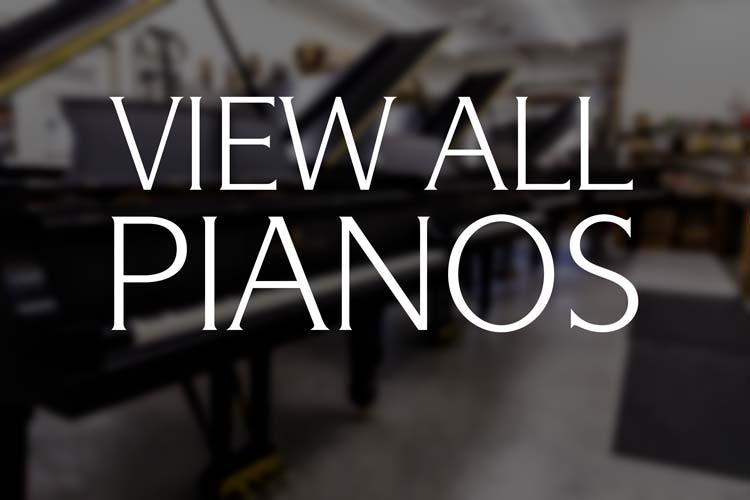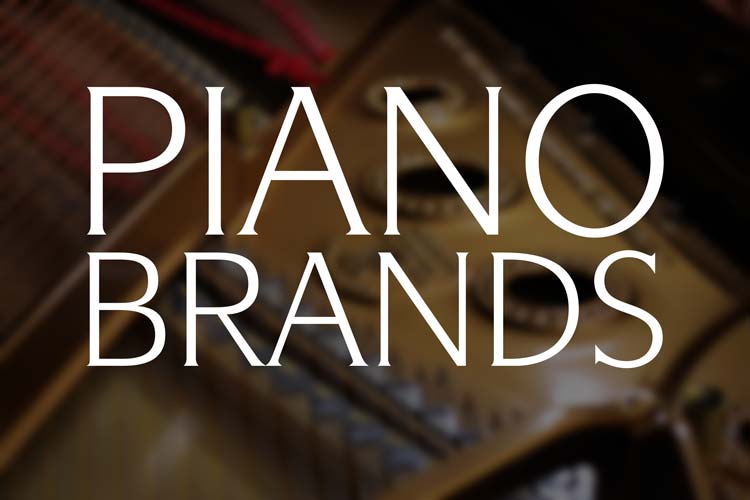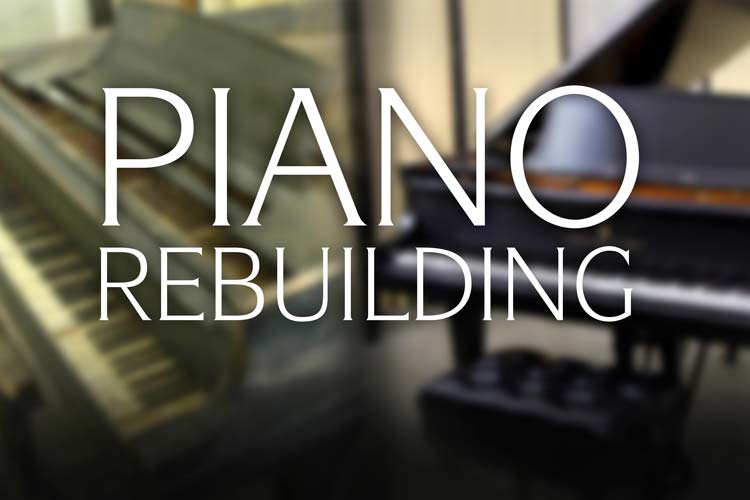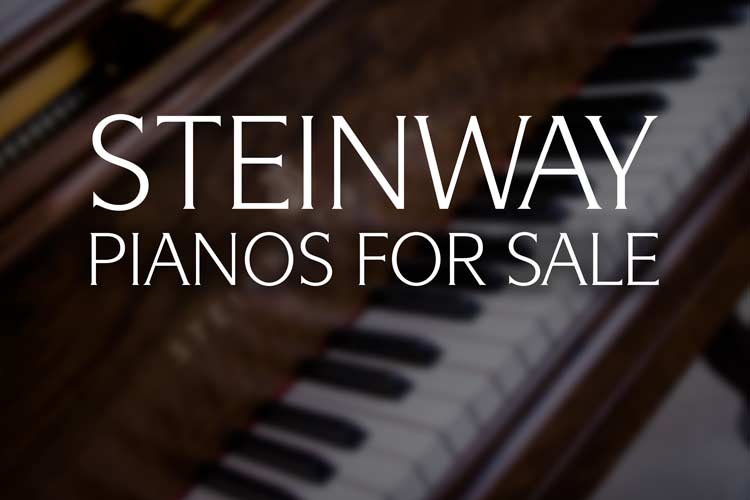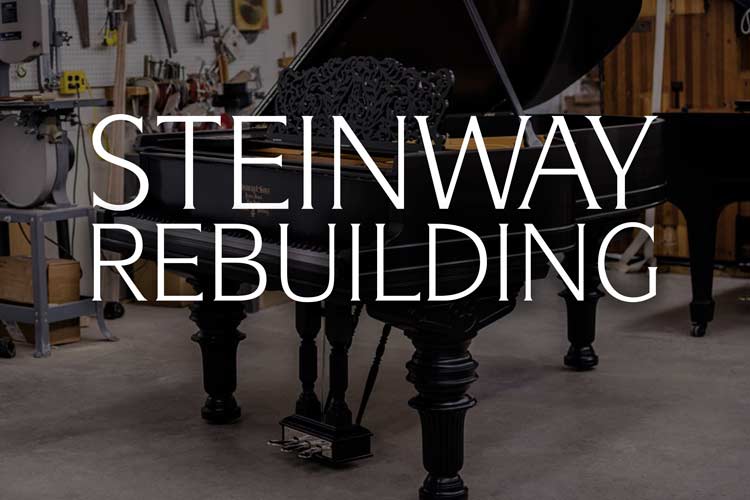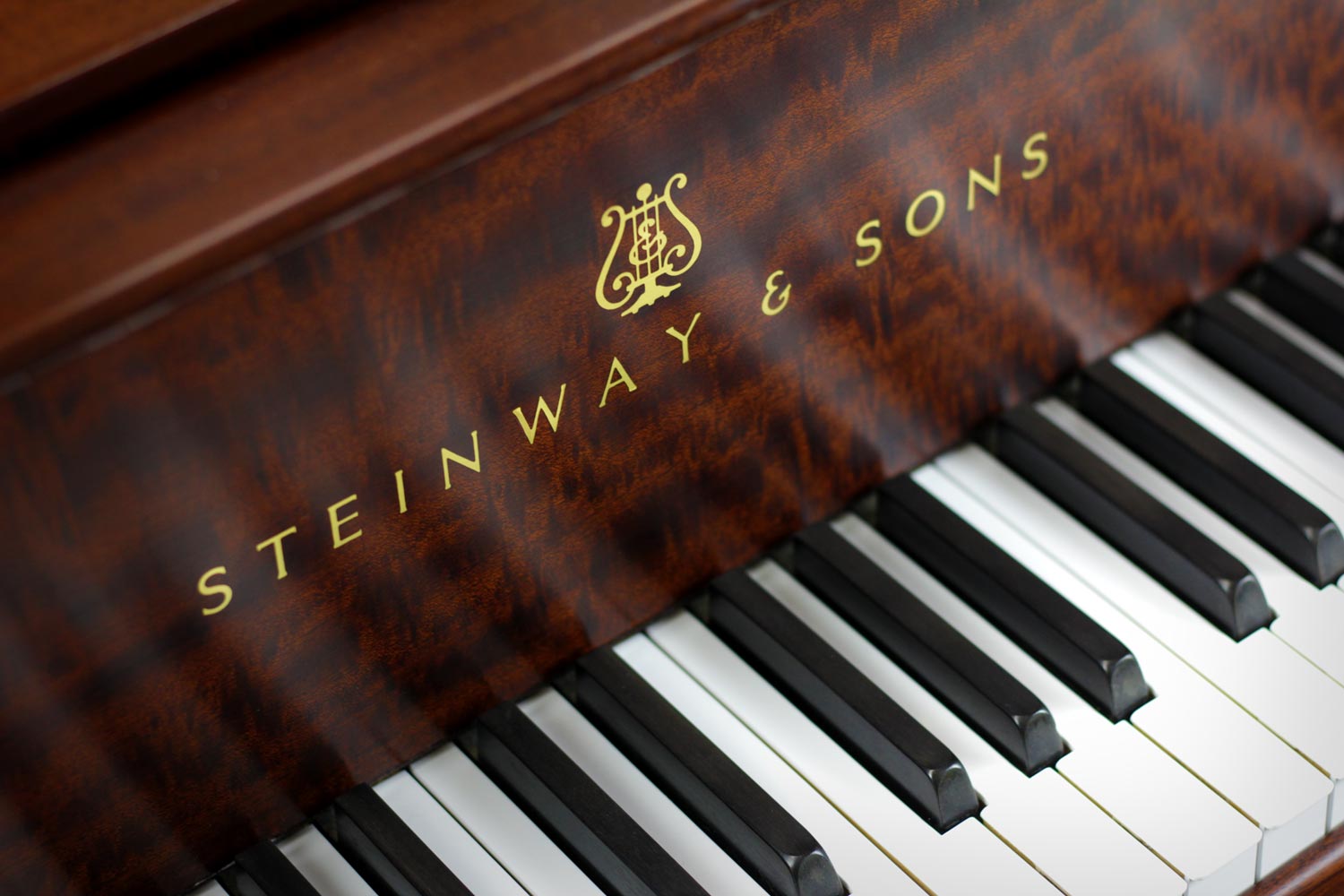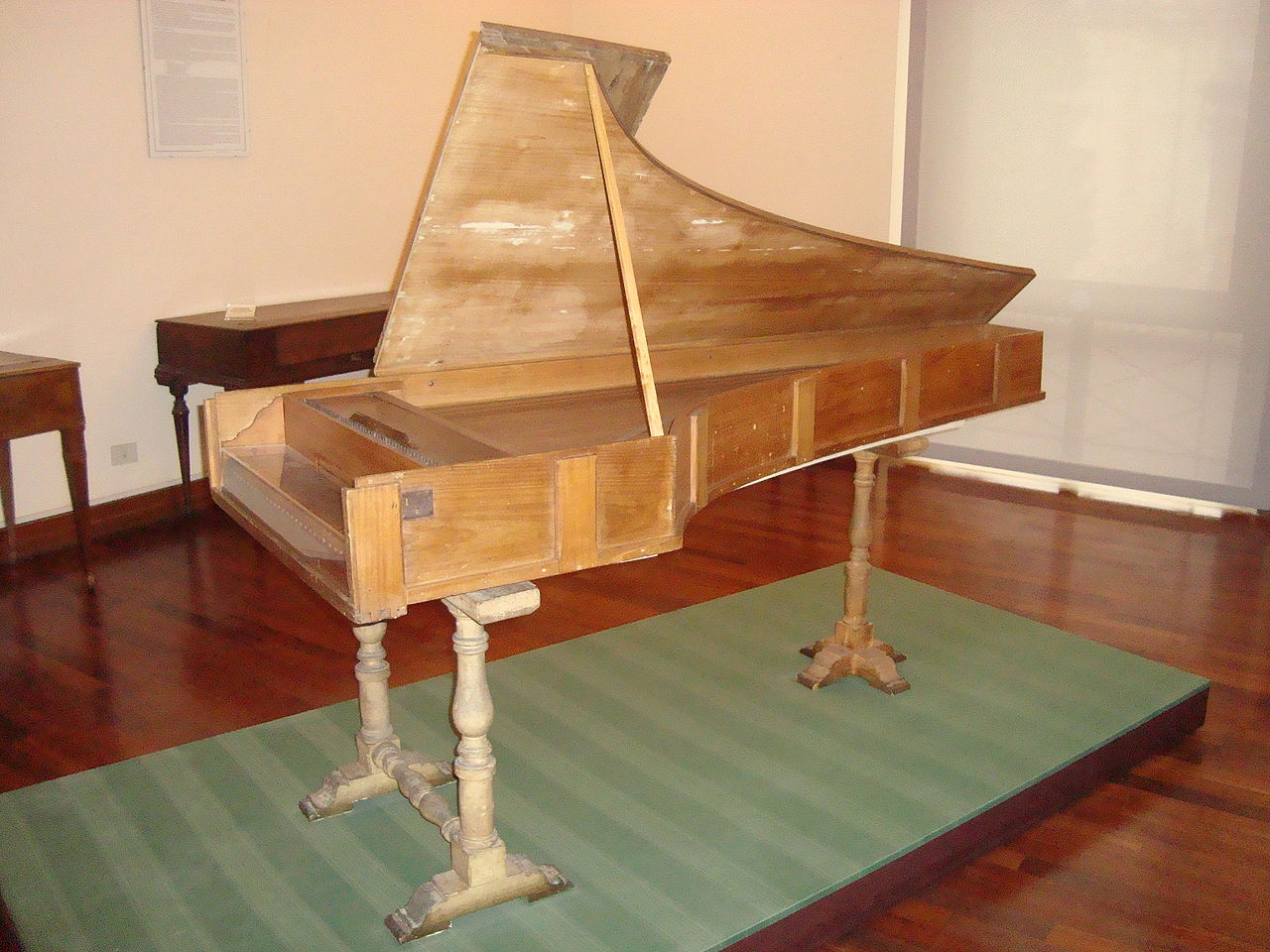The History of the Piano | The King of Instruments
The History of the Piano
The piano is one of, if not the most popular instrument in the world. Millions have been introduced to music through piano lessons and the mention of the name ‘Steinway’ still invokes a feeling of class and grandeur. The piano has come in all shapes and sizes over its long and varied history. But the piano didn't begin as the 'king of instruments', it had to start somewhere!The Origin of the Instrument
In the early 1700s a harpsichord maker by the name of Bartolomeo di Franceso Cristofori developed the first piano. A well respected Italian craftsman and inventor, he worked for Prince Ferdinando de Medici. His first ‘gravicembalo col piano e forte’ was exhibited in Florence in 1709. The advantage his instrument had over the similar harpsichord was the ability for the musician to vary the volume. A harpsichord could not play notes at different levels of sound, due to the way the strings were plucked. The piano with its hammers on the other hand, could. A few of his instruments have survived and one of his early creations is currently in the Metropolitan Museum of Art in New York. (In playable condition.)What Did the First Piano Sound Like?
LISTEN: The Earliest Known Piano in Existence:
In the early 1700s, Bartolomeo Cristofori invented what would become the 'king of instruments', the piano. The early pianos were a vast improvement over their immediate predecessors the harpsichord. The pianos had a wider range and the hammers hit the strings instead of plucking them, allowing the musician to vary the volume of their notes. (An obvious plus.) But what did the first piano sound like? The early pianos sounded quite different from the modern instruments that we know today. The early pianos lacked a metal plate, were quite light and lacked the range of pianos today. One good way to describe the sound they produced, is that they sounded like a mix between the earlier harpsichords and a modern piano. The Cristofori Piano that resides in the Metropolitan Museum of Art in New York has been restored to playable condition.Top Five Reasons to Purchase a Kawai Piano
Kawai has made a name for themselves as a quality piano manufacturer with a rich history. Here are just a few reasons why purchasing a Kawai piano from Chupp's Piano Service is a wise decision.

